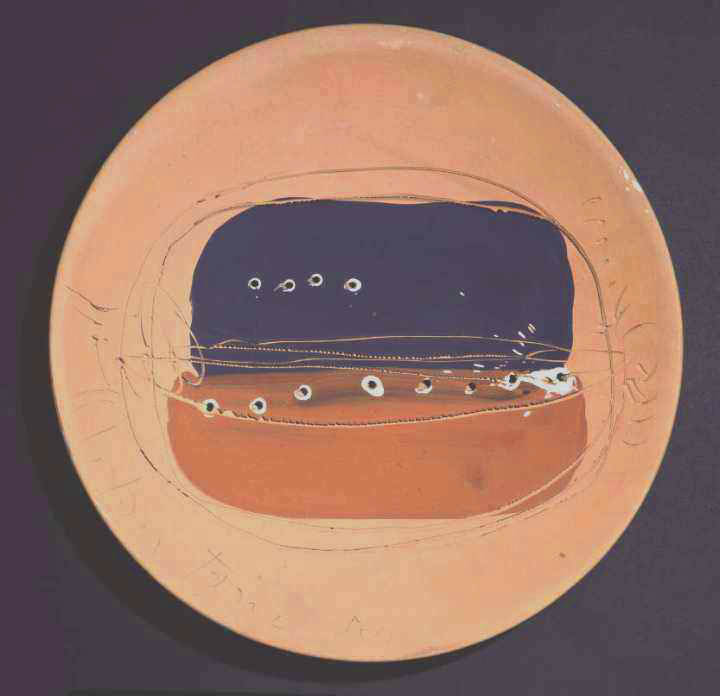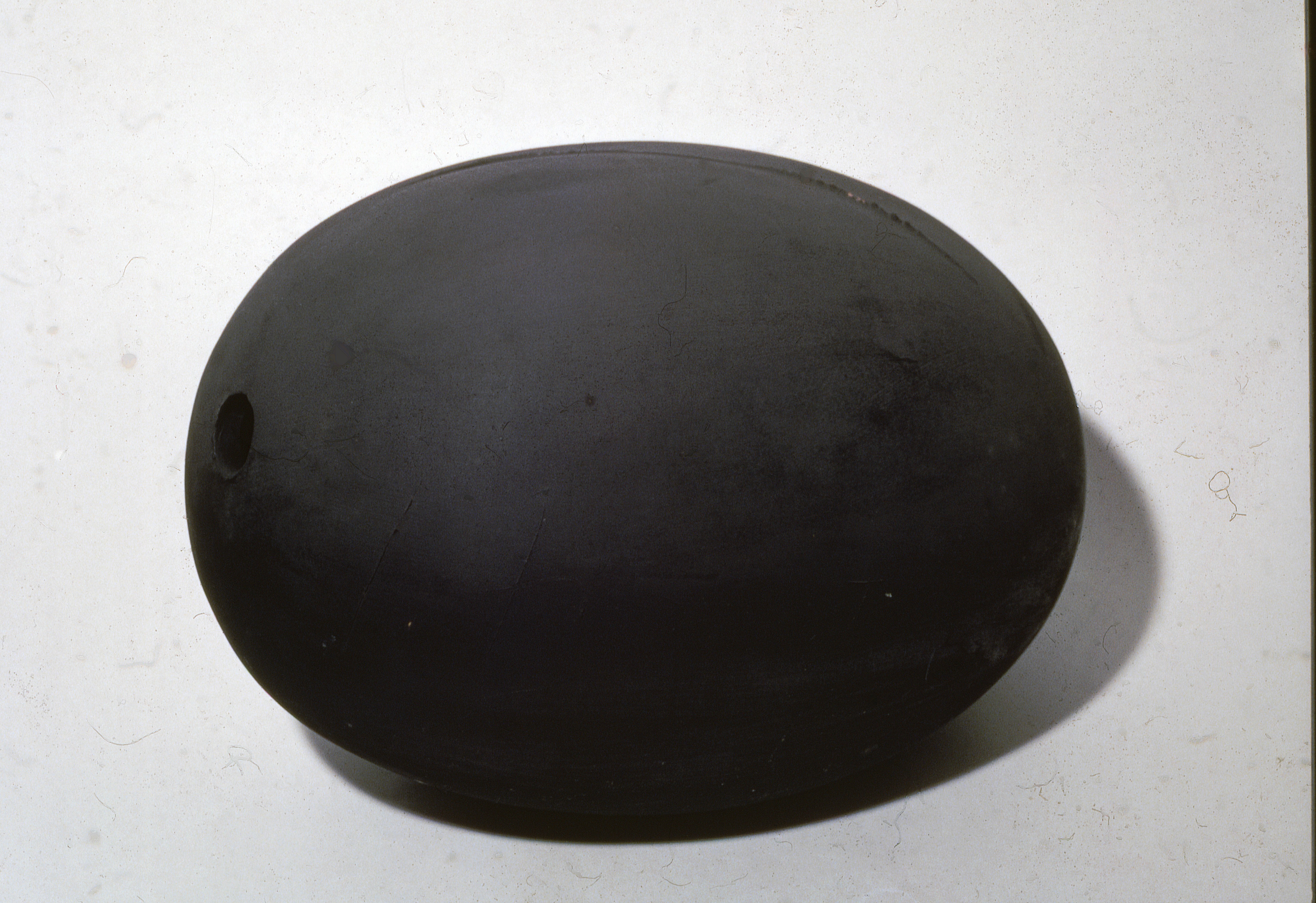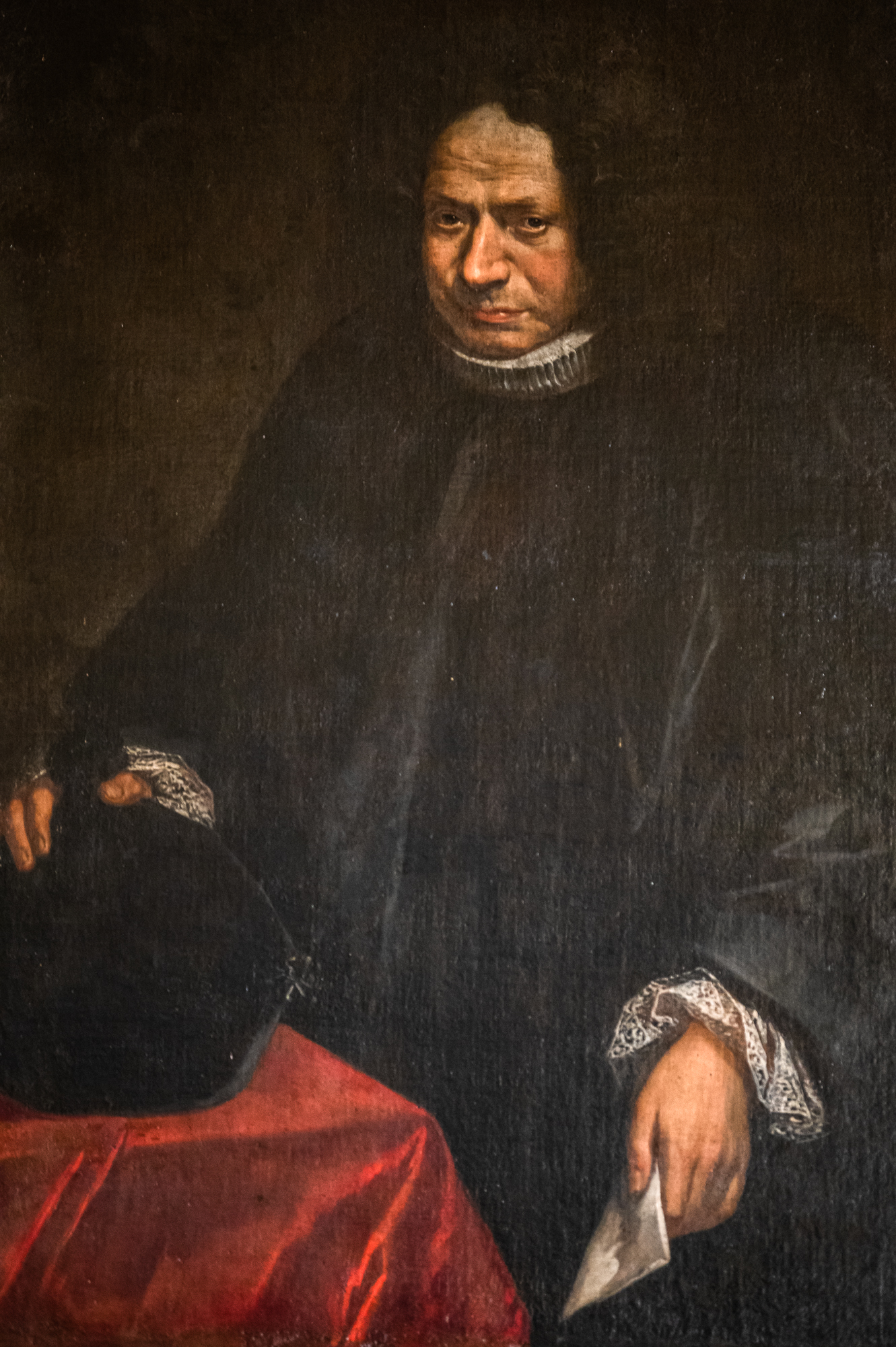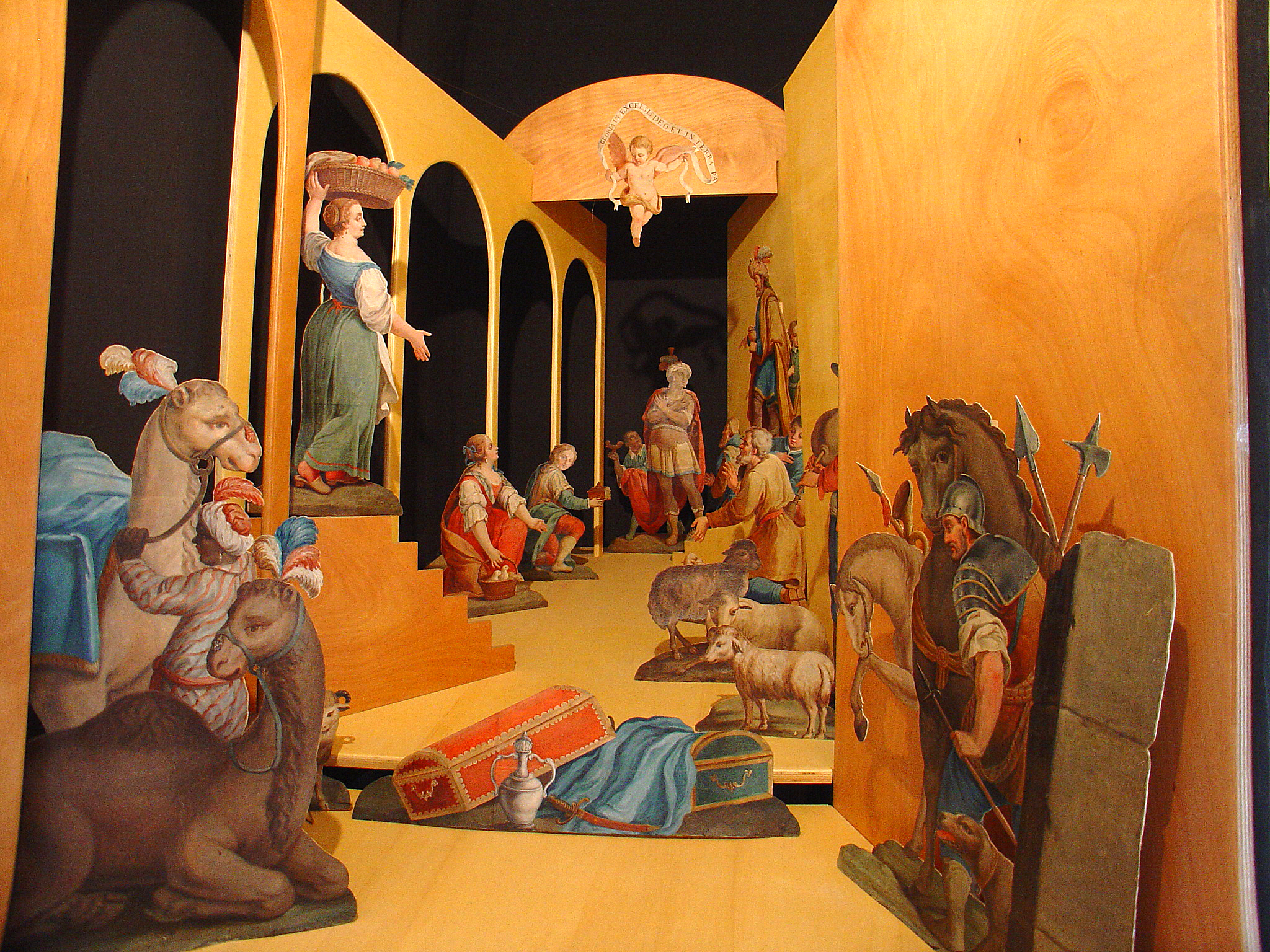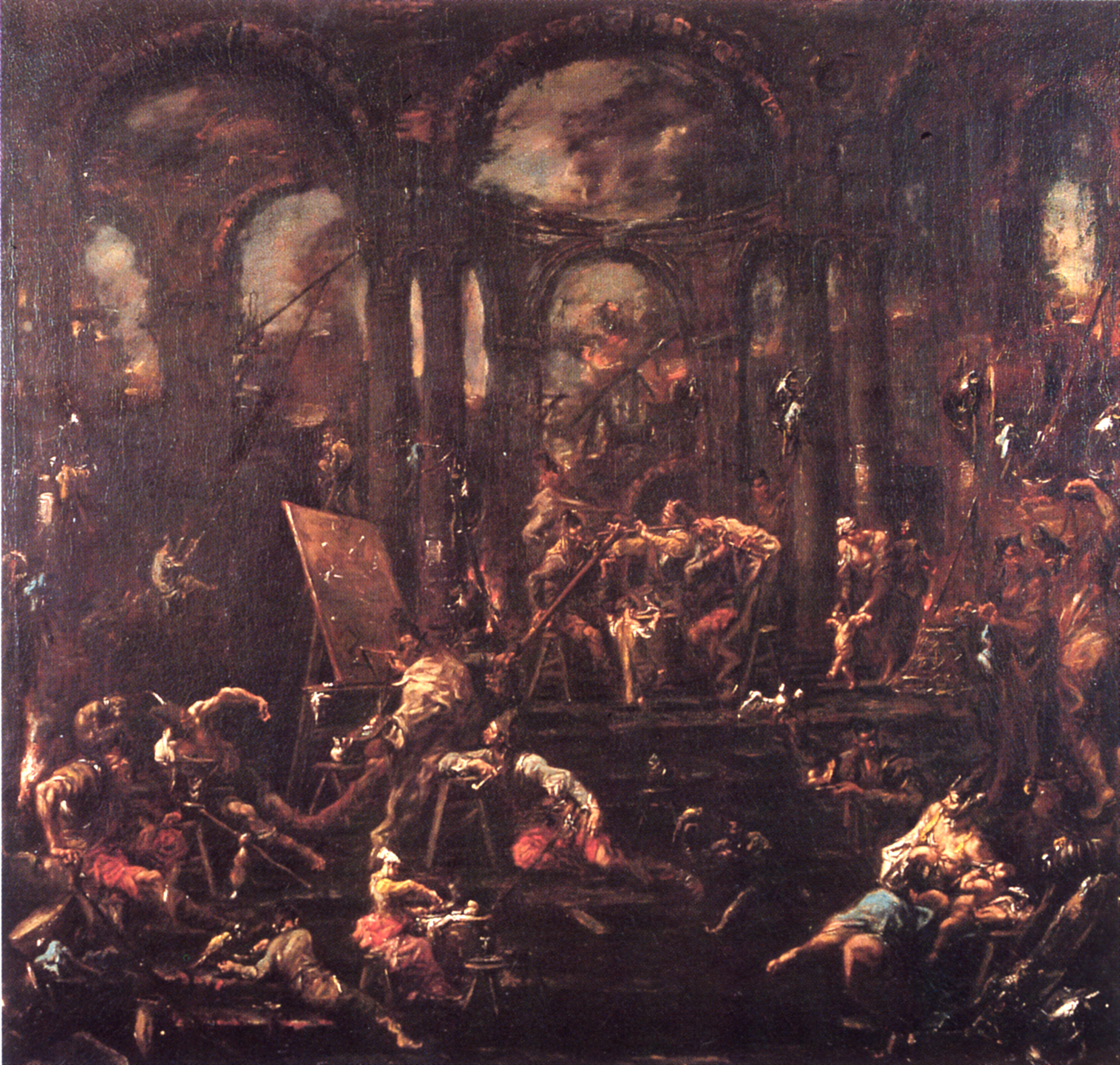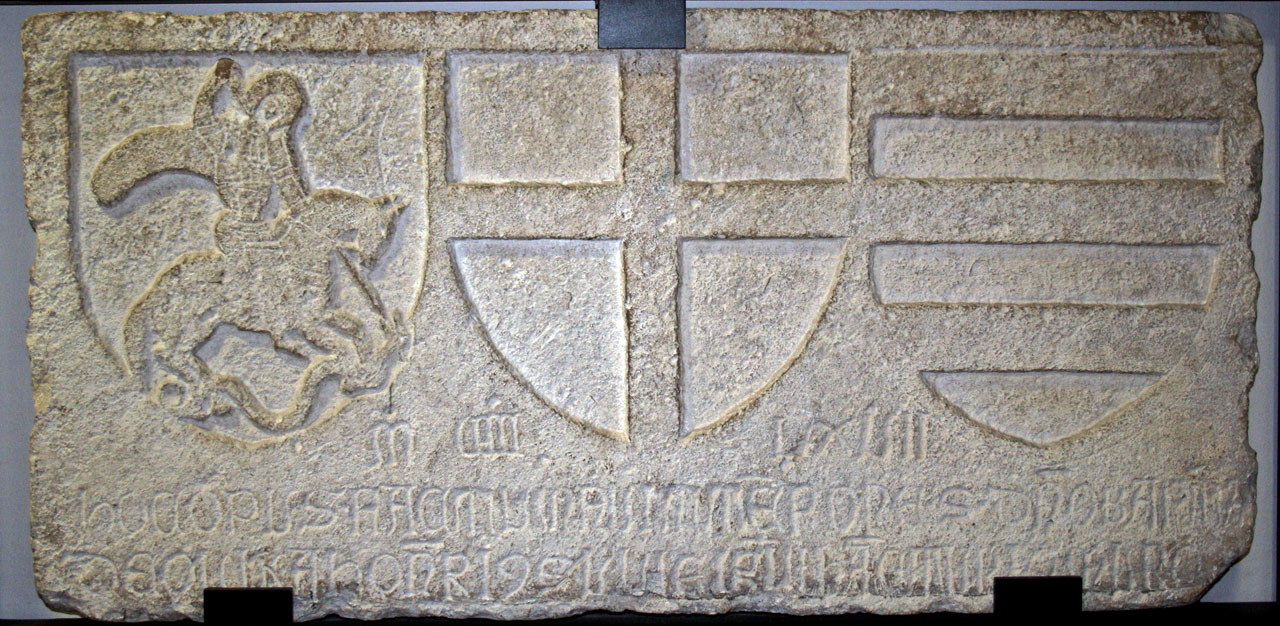The Pittor pitocco, a late work by Alessandro Magnasco, was probably produced after his return to his homeland, which took place in 1735, towards the end of a life full of wandering and enriching cultural experiences. It is a sort of symbolic self-portrait, in which the artist, depicting himself at the centre of a group of beggars, gypsies, ragged children and soldiers, returns to a particular setting to portray the dramatic and anti-rhetorical themes which he developed during his stays in Florence and Milan and through his contact with the culture of the Enlightenment. In the scene, teeming with small figures who seem to emerge with difficulty from the darkness, characters appear who are recurrent in the work of the great painter, such as the gypsy breast feeding a child, the cripple and the musicians slightly to the rear of the scene, intent on improvising what appears to be a parody of a "concert". In the painting, the debt to Callot's engravings, studied during his stay in Florence, is evident, particularly in the scratchy mark and the strong, violent contrasts of light and shadow, as well as the particular characterisation of the characters' attitudes. At the court of Grand Duke Ferdinand, Magnasco had the opportunity to confront himself with Sebastiano Ricci, with whom he shared several collaborations, which would influence the evolution of his pictorial stroke and the rendering of the landscape. Important literary references can also be recognised in the work in question for the choice of subject matter, in particular the literature of the pitocchi and the picaresque novel. The painter draws on the former in his choice of subjects (ragamuffins, soldiers, gypsies, outcasts), and in his particular analysis of the picaro's way of life. The second is an inspiration for the tale of the methods of fraud, of the tricks adopted by these characters to make a living. The theme of the ‘pittor pitocco’ depicted in the scene intent on painting has already been adopted by the artist in earlier works, as has the theme of soldiers and pitocchi set in a geographical environment, often characterised by ancient buildings in ruins, as in the ‘Cantastorie’ preserved in Stoccarda. The painting can be placed in the last years of Magnasco's (formerly Franchini-Guelfi) production, after his return to Genoa in 1735 and his experiences in Florence and Milan. This late dating is due to the already very fringed brushstroke recognisable in the painting, close to the manner of the ‘Retaining’ in Palazzo Bianco, also painted in the last years spent in the Ligurian capital. The debt to Peruzzini's landscapes is also evident, in the disintegration of the descriptive datum and in the vibrant pointillism that characterises them; a language that Magnasco makes his own but which in his late production is translated into a faster, more perfunctory and allusive vision, marked by violent touches of light that highlight certain details in a theatrical manner. Gypsies, beggars and soldiers populate a landscape shrouded in darkness, from which emerge the solitary ruins of ancient buildings. At the centre of the composition, the artist places a painter captured in the act of beginning to paint a canvas that will perhaps depict the world around him; around him are a young mother breastfeeding, some soldiers at rest, cripples, children playing and a group of musicians intent on entertaining them.
